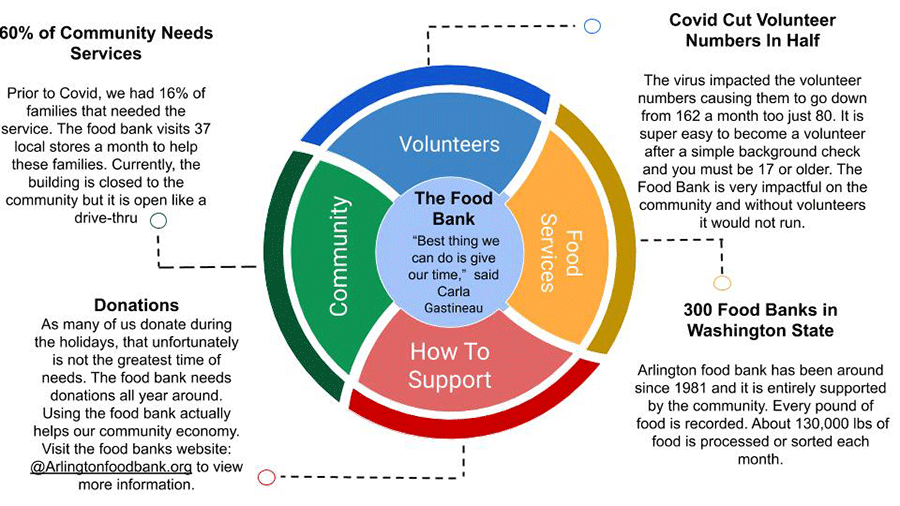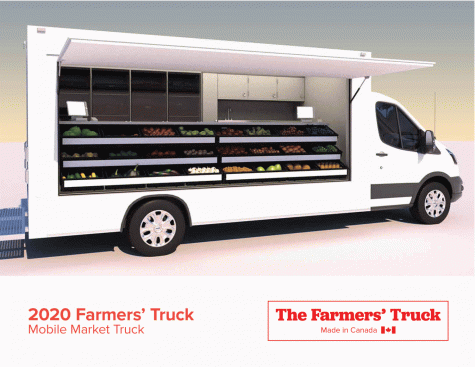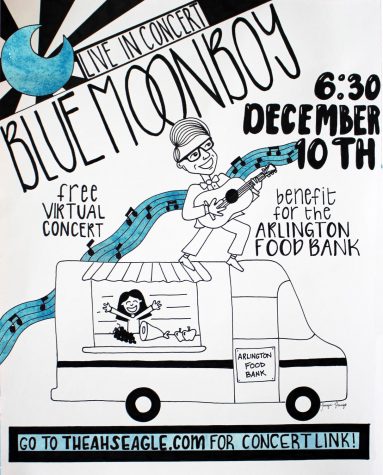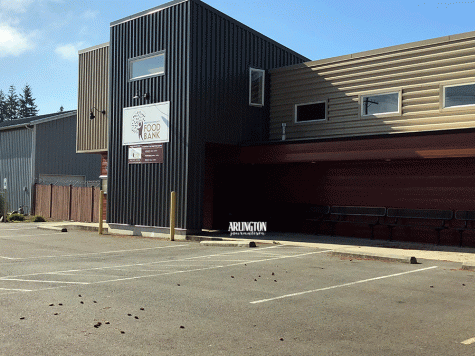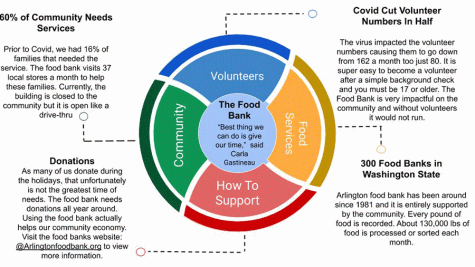Reducing Waste and Feeding Hunger
The Arlington Community Food Bank has been operational since 1981. That’s almost 40 years. Yet there is no owner; the food bank operates solely off of community volunteers and a few employees.
There are so many different jobs that volunteers partake in. From being a delivery driver to the people who help with management and maintenance to the people help organize their mass amounts of food.
In total, before COVID-19 there were 162 volunteers every month that kept the bank running that number has reduced to about 87 volunteers per month but they are still going strong moving 130,000 pounds of food per month.
The amount of work that it takes to run a program like this requires a strong community and an even stronger leader. In this situation, that leader is Carla Gastineau, the Board of Directors at the Arlington Community Food Bank.
Not only is having strong members important but also having strong morals and good goals. Carla said, “My motto here is reduce waste and feed hunger” and that is exactly what they are doing.
The food bank is designed to be a sanctuary for anyone that is food insecure and to have that as a sole motivation of the organization proves how much they really care.
Other than caring for the community, the main function of the food bank is to provide food and they do this in 3 main ways. The first way Carla mentions is buying from their partner company, “We can buy food from Food Lifeline for 3 cents a pound.”
Volunteers also “go to about 37 stores a week,” to pick up any overstock or items that they otherwise would have thrown out.
Lastly, they receive food and money donations from drives that can be found at all times of year throughout the area.
After their purchases, they receive shipments every weekday from 9 am to 12 pm. Once back at the bank it goes through a preparation process and it’s ready to give out.
The amount of food the banks have access to has continuously increased over the years; as well as the number of food providers the bank buys from. Because they have steadily increased spending, they have been able to distribute more food to more people than ever.
One of the most fascinating parts of the food banks system is that their stock of food is available to anyone. Carla said, “If anyone comes up and says they have a need it’s not questioned.”
There are no requirements to access the food bank which is rare because most food banks require ID which some people are hesitant to show or simply don’t have. She even went as far as to say that a real name is not required. The only reason names are required is so they can know if you’re a returning member in order to record data. This ensures they are able to have enough food for anyone and everyone who needs it.
There are also programs such as Meals till Monday that feed children who might be in need of breakfast and lunch that they can’t receive from the school on weekends.
They provide sack lunches for any children on the free and reduced lunch program, for the times they won’t be at school. They give out name brand items, extra snacks, and even food in large enough quantities that they are called family shares.
Giving out food isn’t all they do. A food bank is a place where people can come together to support those who are food insecure, as Carla said, “It’s truly a community food bank.”




